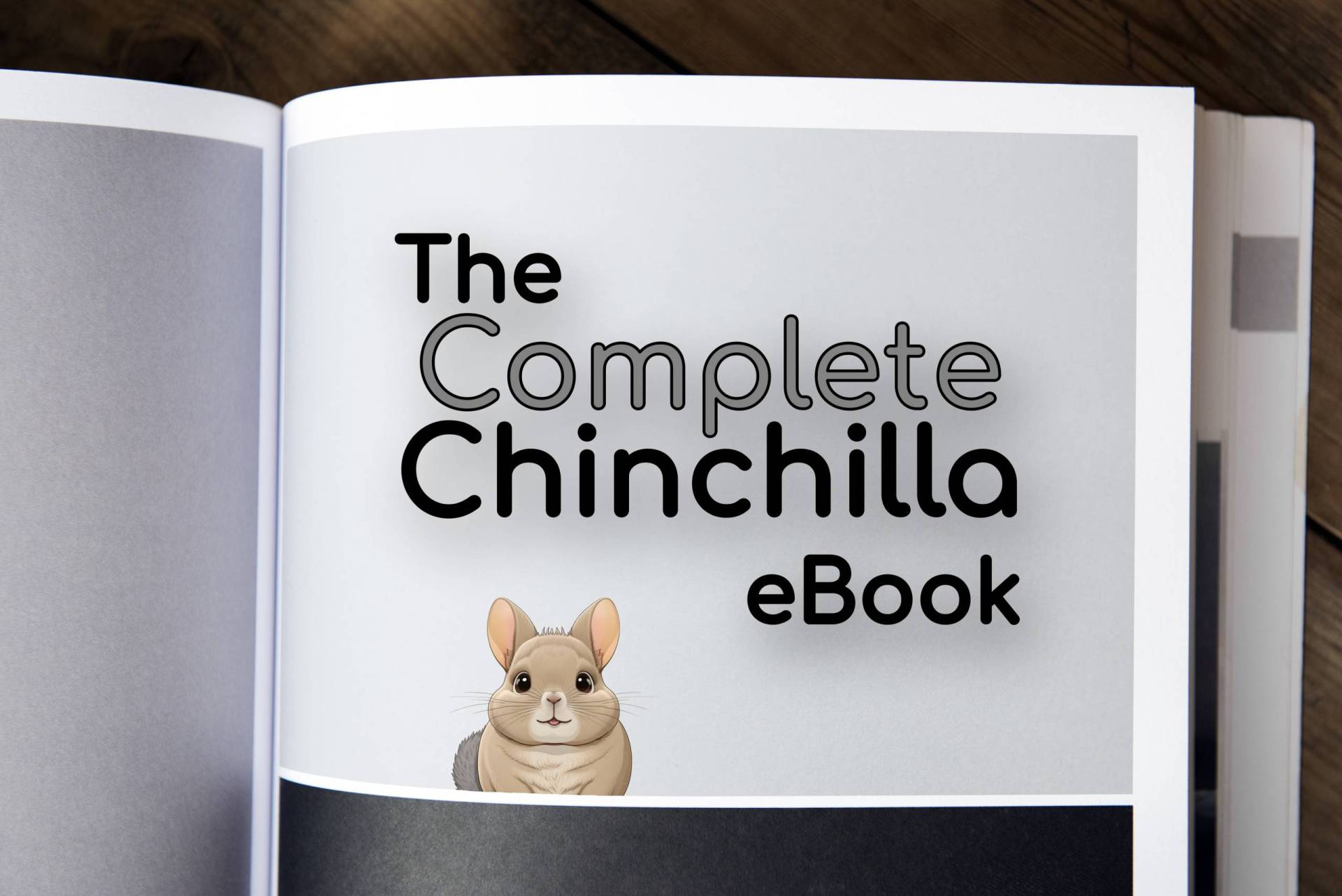Chinchillas are adorable and fascinating creatures that are native to the Andes Mountains in South America. While these small rodents are popular as pets, they are also endangered in the wild due to habitat loss, hunting, and illegal wildlife trade. Fortunately, the International Union for Conservation of Nature (IUCN) is actively working to protect and conserve chinchillas in their natural habitats. In this article, we will explore the role of the IUCN in preserving chinchillas, their current status, and the challenges that these precious animals face.
The IUCN and Chinchilla Conservation
The IUCN is a global organization dedicated to conserving nature and reducing the loss of biodiversity worldwide. Founded in 1948, the IUCN is recognized as the world’s most comprehensive authority on the conservation status of species, with a membership that includes over 1,400 governmental and non-governmental organizations. The IUCN’s work involves assessing the conservation status of species, providing scientific guidance and advice, and promoting the implementation of conservation measures to ensure the long-term survival of threatened species.
In terms of chinchilla conservation, the IUCN has been instrumental in raising awareness about the plight of these animals and developing strategies to protect them. The organization’s Chinchilla Specialist Group (CSG) is a network of chinchilla experts from around the world who collaborate on research, conservation, and advocacy efforts. The CSG has played a key role in developing guidelines for the management and conservation of wild chinchilla populations and promoting the sustainable use of chinchilla fur.
Current Status of Chinchillas
There are three species of chinchillas: the long-tailed chinchilla, the short-tailed chinchilla, and the lesser chinchilla. All three species are listed as endangered on the IUCN Red List of Threatened Species. The long-tailed chinchilla is classified as “Endangered,” while the short-tailed chinchilla and the lesser chinchilla are both classified as “Critically Endangered.”
The primary threat to wild chinchilla populations is habitat loss due to human activities such as mining, agriculture, and urbanization. Chinchillas are also hunted for their meat, fur, and use in traditional medicine. Additionally, the illegal trade of chinchillas as pets or for their fur has contributed to their declining numbers.
Efforts to Protect Chinchillas
The IUCN and other conservation organizations are working to protect chinchillas and their habitats through a variety of initiatives. One such initiative is the development of protected areas, such as national parks and reserves, where chinchillas can live and breed without interference from humans. The IUCN provides scientific expertise and support for the management of these areas, as well as guidance on how to balance conservation with other land uses.
Another important effort is the promotion of sustainable use of chinchilla fur. In the past, chinchillas were hunted extensively for their soft, luxurious fur, which was used to make clothing and accessories. Today, many countries have banned the hunting of wild chinchillas, and the fur trade is tightly regulated. The IUCN supports sustainable chinchilla farming as an alternative to wild hunting and promotes the use of synthetic fur as a more ethical and sustainable alternative.
The IUCN also works to combat illegal wildlife trade by providing training and support to law enforcement agencies and customs officials. This includes providing guidance on how to identify and seize illegal chinchilla products, as well as helping to raise awareness among consumers about the impact of the wildlife trade on endangered species like chinchillas. Through these efforts, the IUCN hopes to reduce demand for chinchilla products and deter illegal trade.
Challenges and Future Directions
While the efforts of the IUCN and other conservation organizations have helped to raise awareness and protect chinchillas, there are still significant challenges to their conservation. Habitat loss and fragmentation continue to be major threats, particularly as human populations continue to grow and expand into chinchilla habitats. Hunting and the illegal wildlife trade also persist, despite efforts to curb these activities.
To address these challenges, the IUCN and its partners are working to develop and implement more comprehensive conservation strategies. This includes engaging with local communities to promote sustainable land use practices, working with governments to strengthen environmental laws and regulations, and continuing to monitor and study chinchilla populations to better understand their needs and how to protect them.
In addition to these efforts, there is also a growing recognition of the importance of protecting chinchillas in captivity. While chinchillas are popular as pets, they are often kept in conditions that are not conducive to their health and well-being. As a result, the IUCN and other organizations are working to promote responsible pet ownership and better standards of care for captive chinchillas.
Chinchillas are adorable and fascinating animals that are unfortunately endangered in the wild. Fortunately, the IUCN and other conservation organizations are working hard to protect and conserve these precious creatures. Through a variety of initiatives, including habitat conservation, sustainable use of chinchilla fur, and efforts to combat illegal wildlife trade, the IUCN is helping to ensure that chinchillas have a future in the wild. However, much work remains to be done, and continued efforts will be needed to ensure that chinchillas and other endangered species are protected for generations to come.






